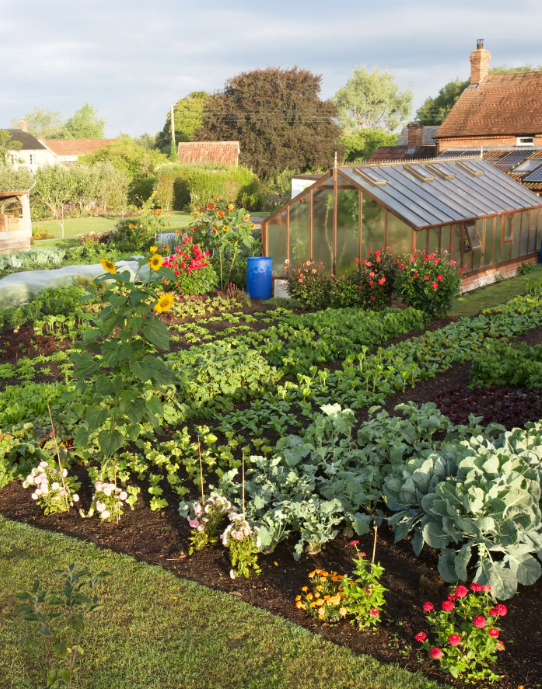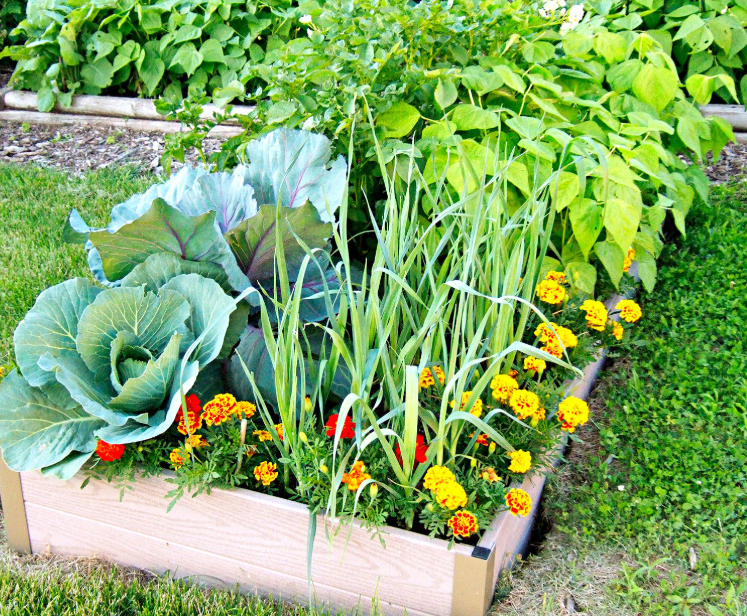Attracting birds and pollinators to your garden not only enhances its beauty but also supports the health of your local ecosystem. Birds and pollinators like bees, butterflies, and hummingbirds play a vital role in the pollination of plants, contributing to the growth of fruits, seeds, and flowers. By creating a welcoming environment for these creatures, you can foster biodiversity and enjoy a more vibrant, lively garden. Here are some tips to help attract birds and pollinators to your garden.
Plant Native Species
Native plants are the best way to attract local pollinators and birds. These plants are well-adapted to the local environment and provide the specific nectar, pollen, and seeds that native species rely on. For example, coneflowers, asters, and black-eyed Susans are great choices for attracting bees, while butterfly bushes and milkweed are favorites of butterflies. Birds are drawn to native shrubs and trees that provide both food (like berries or seeds) and shelter.
Provide a Water Source
A clean, accessible water source is essential for attracting birds and pollinators. Birds need water for drinking and bathing, while pollinators, especially bees, rely on it to stay hydrated. A shallow birdbath, a small pond, or a birdbath with a gentle fountain can make your garden more appealing. Be sure to change the water regularly and clean it to prevent the spread of disease.
Offer Food Sources
Providing food in the form of nectar-rich flowers, seed-bearing plants, and even supplemental bird feeders will attract both birds and pollinators. Hummingbirds are particularly drawn to tubular flowers like trumpet vines, bee balm, or honeysuckle. For birds, plants that produce seeds, such as sunflowers or coneflowers, are perfect. You can also install bird feeders filled with seeds, suet, or nectar to give them a supplemental food source.
Create Shelter and Nesting Sites
Birds and pollinators need shelter to rest, hide from predators, and build nests. Dense shrubs or trees provide birds with cover from the elements and predators, while also offering spaces for nesting. Pollinators like bees can benefit from insect hotels or small piles of twigs, straw, or leaves where they can lay eggs and find protection. Additionally, leaving some areas of your garden a bit wilder (with tall grasses or undisturbed soil) provides essential habitat for bees and butterflies.
Avoid Pesticides and Chemicals
Chemicals, including pesticides and herbicides, can harm birds and pollinators by contaminating their food sources and killing them directly. To protect these important creatures, avoid using harmful chemicals in your garden. Instead, opt for organic pest control methods, such as neem oil, insecticidal soap, or companion planting. Planting a diverse range of species also naturally helps deter pests, as some plants are known to repel certain insects.
Provide a Variety of Flowers for Different Pollinators
Different pollinators are attracted to different types of flowers. Bees, for example, prefer open, flat flowers with easy access to pollen, such as daisies, sunflowers, and lavender. Hummingbirds, on the other hand, are drawn to tubular flowers with nectar, such as trumpet vines or fuchsias. By planting a variety of flowers that bloom at different times of the year, you can ensure that your garden is providing nectar sources throughout the seasons, helping both bees and hummingbirds stay well-fed.
Incorporate Herbs and Fruit-Bearing Plants
Herbs like thyme, basil, lavender, and mint are not only useful in the kitchen but also attract a variety of pollinators, especially bees. Fruit-bearing plants such as strawberries, raspberries, and apples can also attract both birds and pollinators. Birds enjoy the fruits, while pollinators like bees are drawn to the flowers. These plants also help diversify your garden’s ecosystem and can provide food for you while supporting wildlife.

Create a Diverse Garden Design
A diverse garden with a mix of flowers, shrubs, trees, and grasses is more likely to attract a variety of birds and pollinators. Different plants will bloom at different times, providing continuous food sources throughout the year. Including a combination of plants that provide nectar, seeds, and shelter will create an environment that supports multiple species. For example, having both perennials and annuals, shrubs, and trees will offer year-round food and shelter.






